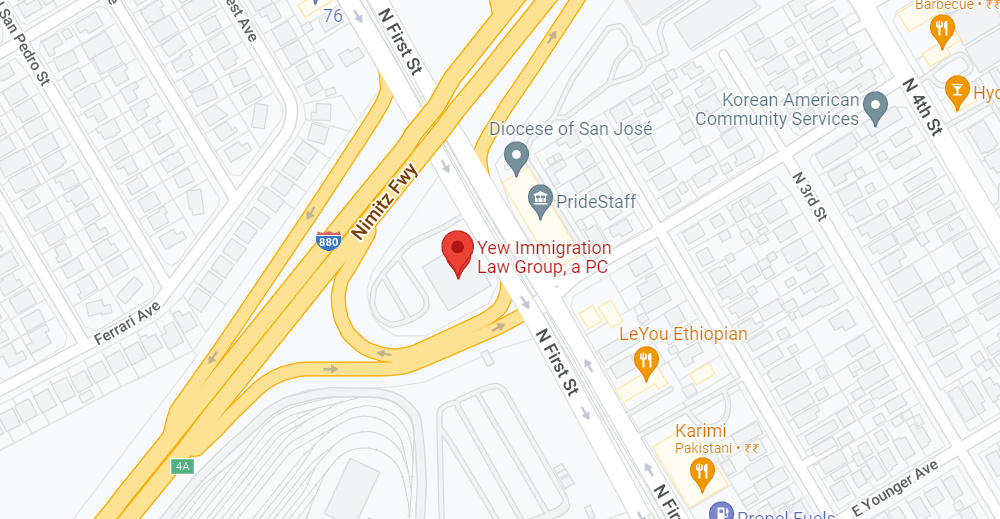Are you a highly skilled or educated person who wants to study or work in the United States?
Although recent developments may indicate that America is less than welcoming toward immigrants, the truth is that the U.S. welcomes more immigrants overall than any other economically advanced country.
Moreover, a large majority of Americans — 78 percent — are in favor of encouraging highly skilled immigrants to work in the U.S., according to the Pew Research Center.
Based on 2015 numbers, the U.S. has around 14.7 million immigrants aged 25 or older who have a postsecondary degree or diploma. Canada comes in second at only 4.4 million.
What are the most common pathways for highly educated or skilled people to come to the U.S.?
Although an immigration attorney can help you with many different paths to the U.S., the four most common ones for students and highly skilled workers include the F-1 visa, Optional Practical Training, the H-1B visa, and lawful permanent residency (green cards).
F-1 visas and the Optional Practical Training program
The F-1 is the most common type of student visa. It is typically available to those seeking an associate’s, bachelor’s, master’s or doctorate’s degree. The use of the F-1 visa has risen dramatically recently, more than doubling between 2008 and 2016. In 2016, about 49 percent of F-1 visa holders were pursuing graduate degrees. About 38 percent were seeking bachelor’s degrees and about 13 percent were working on associate’s degrees.
The Optional Practical Training (OPT) program allows full-time students at American universities and colleges to remain temporarily in the U.S. after graduation in order to obtain work experience. The program allows up to 12 months of work after graduation, renewable to up to 36 months if you are a STEM graduate. This program has become so popular that the number of people participating has surpassed those approved for work through the H-1B visa program.
H-1B visas
This visa is available to immigrants with a bachelor’s degree or higher who have specialized skills or knowledge. The visas are given to the company sponsoring the worker and allow the worker to be employed in the U.S. for three years, renewable for another three years in many instances.
There is a hard cap on the number of H-1B visas available. Congress only authorizes 65,000 ordinary H-1Bs each year, along with 20,000 issued to people with graduate degrees from a U.S. institution for higher education. Due to a recent rule change, the 20,000 U.S. graduate degree visas are selected first, which is expected to lead to more graduate-degreed professionals overall.
The visas become available each April and are so popular that the cap is generally reached within a week of that date.
Lawful permanent residency (green card)
Each year, about a million people born in other countries become eligible for lawful permanent residency, also known as a green card. Becoming a lawful permanent resident of the U.S. requires an immigrant visa. In some cases, people enter the U.S. on immigrant visas. In other cases, a person on a nonimmigrant visa can change their status to that of an immigrant visa holder. No special education, skills or background is required.
If you have a family member in the U.S. who is a citizen or a lawful permanent resident, it may be possible for them to sponsor you for an immigrant visa and green card.
About two thirds of new green cards go to sponsored family members. Another 13 percent go to refugees and asylees, and 12 percent go to people who are in the U.S. for employment reasons and their family members.
At Yew Immigration Law Group, we have years of experience helping people live, work and study in the U.S. We may be able to help you with these or other paths to U.S. immigration.











